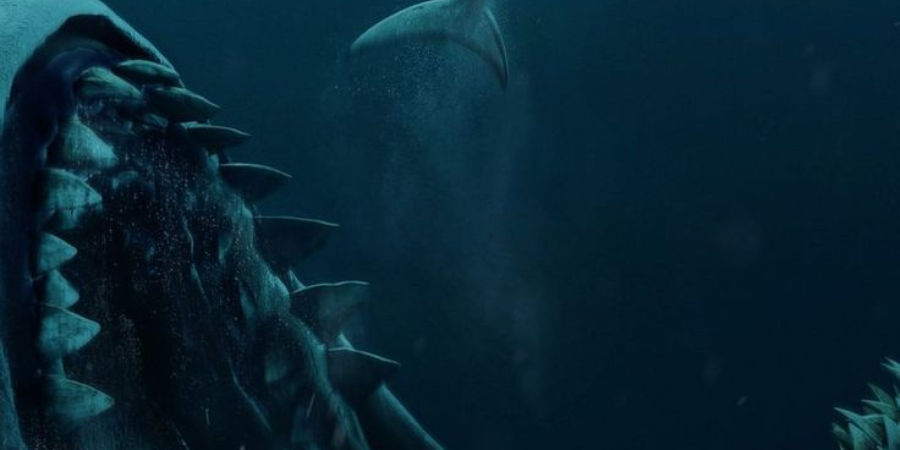

The megalodon, whose scientific name is Otodus megalodon, stands as one of the most formidable and awe-inspiring creatures ever to have roamed the Earth's oceans. This prehistoric shark, often regarded as the largest and most powerful predator in vertebrate history, has captured the imagination of scientists and the public alike.
The megalodon's reign spanned from the early Miocene to the Pliocene epoch, roughly 23 to 3.6 million years ago. This period of dominance lasted approximately 20 million years, a testament to the megalodon's adaptability and predatory prowess. The fossil record provides evidence of megalodons inhabiting a range of marine environments, from warm coastal waters to deeper oceanic regions, indicating a highly adaptable species capable of thriving in diverse conditions.
One of the most striking features of the megalodon is its size. Estimates based on fossilized teeth and vertebrae suggest that megalodons could reach lengths of up to 60 feet, with some estimates even exceeding this figure. To put this into perspective, the megalodon was more than three times the length of the largest recorded great white shark and weighed up to 100 tons. This immense size made the megalodon the apex predator of its time, capable of preying on large marine mammals such as whales, seals, and even other sharks.
The megalodon's teeth, which are among the most common fossils found, provide valuable insights into its hunting strategies and diet. These teeth, some measuring over seven inches in length, were serrated and robust, designed to slice through the flesh and bone of its prey. The sheer power and efficiency of the megalodon's bite force, estimated to be around 40,000 pounds per square inch, allowed it to tackle even the largest and most well-defended marine animals. Fossil evidence of whale bones bearing deep bite marks corroborates the megalodon's reputation as a fearsome predator.
Despite its dominance, the megalodon's extinction around 3.6 million years ago remains a subject of scientific intrigue and debate. Several factors are believed to have contributed to the megalodon's decline. Climate change during the Pliocene epoch led to significant alterations in ocean temperatures and currents, which could have impacted the megalodon's primary habitats and prey availability. Additionally, the emergence of new competitors, such as the modern great white shark and orcas, may have further pressured the megalodon population. Moreover, changes in sea levels and the resulting loss of coastal habitats could have played a crucial role in their extinction.
The study of megalodon fossils continues to yield new insights into the life and times of this colossal predator. Advances in paleontology, including techniques such as isotope analysis, have enabled scientists to reconstruct aspects of the megalodon's life history, including its growth rates, migratory patterns, and dietary preferences. These studies not only enhance our understanding of the megalodon but also provide broader insights into the marine ecosystems of the Miocene and Pliocene epochs.
In popular culture, the megalodon has achieved a near-mythical status, often depicted as a monstrous and invincible creature. From blockbuster movies like "The Meg" to numerous documentaries and books, the megalodon continues to captivate audiences worldwide. While these portrayals often exaggerate the megalodon's size and capabilities, they underscore the enduring fascination with this ancient predator.
In conclusion, the megalodon represents a pinnacle of predatory evolution, a creature whose size, power, and adaptability allowed it to reign supreme in the world's oceans for millions of years. Its fossils serve as a window into a bygone era, offering glimpses of a world where giant sharks ruled the seas. As scientific research progresses, our understanding of the megalodon and its role in prehistoric marine ecosystems continues to deepen, ensuring that this legendary shark remains an enduring symbol of nature's grandeur and ferocity.
